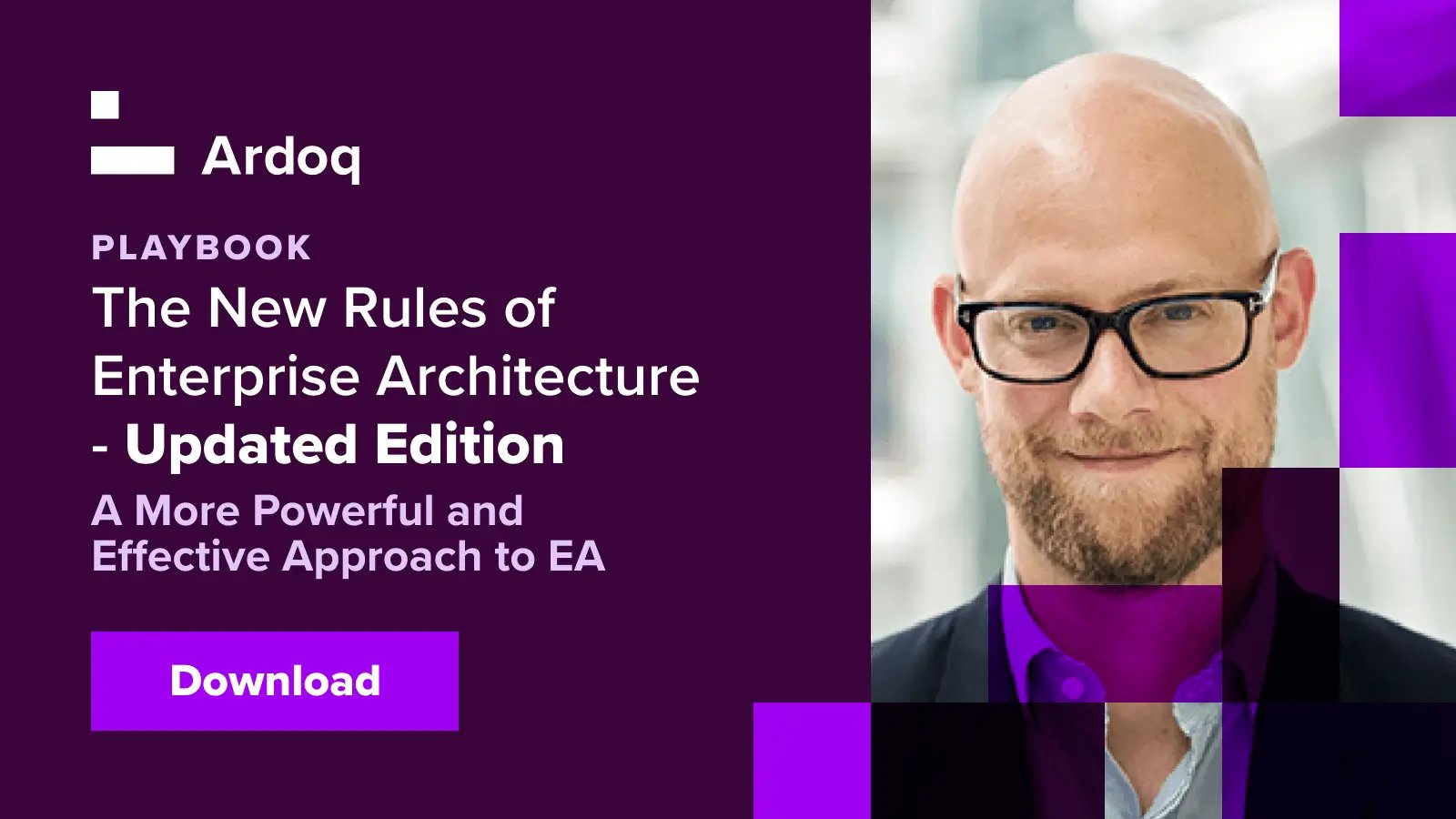Enterprise Architecture (EA) has been crucial in helping businesses understand their internal infrastructure for decades. During that entire time, however, it has been somewhat resistant to change. The future of Enterprise Architecture needs to focus on transparency and enabling businesses to adapt to changes that will provide long-term financial benefits. While the digital landscape it oversees evolved dramatically around it, those practicing EA tended to remain steadfastly loyal to the discipline’s roots.
And, largely due to EA’s inability — or perhaps reluctance — to change, it has journeyed through plenty of turbulence. In 2007, Gartner predicted that ”by 2012, 40 percent of enterprise architecture programs will be stopped,” only to state in 2015 that “70 percent of organizations are starting or restarting an EA program.” As these two very disparate quotes suggest, EA has recently gone through a period of great transition and change, and it was sorely needed.
Important lessons have been learned over the last decade or so, but the primary takeaway is this: Enterprise Architecture needed to change to remain relevant, and such change meant completely reevaluating Enterprise Architecture to make it as beneficial to businesses as possible.

Entering the Era of New Enterprise Architecture
As so many industries have proof of, businesses have to have innovation as a priority if they are to not only keep up with the pace of customer demand, but to survive at all. The new age of enterprise architecture is here to drive innovation and support better business decisions. There is a lot of data to filter and knowledge gaps to fill, so the tools used to keep up with demand have to be just as fast.
What matters most in EA today, and what approaches should be utilized? Our market research revealed that three things matter most to progressive enterprise architects and their CxOs who endorse new EA practices. Here are the top three proof points that we have entered the era of New Enterprise Architecture:
1. Ease and Automation of Input
The EA platform's design is critical for an Enterprise Architect to deliver ’quick wins’ while laying the foundations for more long-term transformation. Putting this into practice means having the right combination of features that make the everyday reality for architects and those contributing to data easier.
This means enabling out-of-the-box integrations and eliminating the need to learn a specific UI to interact with the product. This also means having pre-built data import integrations from Excel, AWS, or ServiceNow, and enabling user-friendly participation features. This allows diverse and broad stakeholder communities to participate in business process mapping, analysis, and validation feedback loops.
2. Artificial Intelligence and Information Augmentation
In the context of new Enterprise Architecture, Artificial Intelligence shows particular promise across SaaS-native EA tools, where data is in a structured format by default. AI allows enterprise architects to run automated and self-learning graph searches across many layers of different data sets, all interconnected on the same graph. AI will drive real results by delivering maintenance simplification and intelligent insight directly to appropriate stakeholders, all in a personalized way. AI frees up time for Enterprise Architects by eliminating the mundane tasks that are easily automated through machine learning. Architects want to act strategically, and Artificial Intelligence frees up time to focus on strategic planning and more easily connect their work to business outcomes.
Predictive modeling is an influential tool that to help organizations make well-informed decisions by analyzing data. AI has the capability to develop predictive models that aid architects to see changes and identify areas of potential risk. Through the utilization of statistical and machine learning techniques, enterprise architects can construct models that predict trends, behaviors, and outcomes. The application of predictive modeling extends to various aspects of business, encompassing customer segmentation, demand projection, fraud detection, and risk evaluation.
By harnessing the potential of predictive modeling, organizations can extract insights from intricate datasets. Predictive modleing can recognize patterns and make predictions that inform strategic planning and decision-making procedures. This approach enables organizations to optimize their operations, reduce costs, and enhance their overall performance. Additionally, predictive modeling can anticipate the necessary technological advancements required to meet future demands and operational needs.
AI is demonstrating its transformative potential in the field of forecasting. It currently possesses the ability to assist businesses in making more precise predictions about their future prospects. This is achieved by examining consumer behaviors and identifying chances for enhancing performance. Such predictions enable companies to determine the direction of their next product development or recognize gaps in the market for specific services. This helps businesses stay competitive and innovative.
3. Enabling Architects to Communicate Effectively
In the past, Enterprise Architecture visualizations have tended to be cluttered, which can render stakeholders stuck or at least very difficult to see what is relevant. New Enterprise Architecture tools are now designed for communication, with features that change how collaboration is viewed.
New Enterprise Architecture tools are only as good as the data in the platform, hence why it is crucial this is highly automated and simple to operate manually. Include the wider organization as a part of your architecture to improve impact analysis and collaboration. With new enterprise architecture, architects can target experts with powerful, automated workflows based on data. This builds trust by involving subject matter experts. They provide the data that doesn't just help EA teams, but their own initiatives as well.
Healthy engagement across an organization solidifies EA into a discipline at the forefront of digital transformation. Join us: get your copy of The New Rules handbook today.
